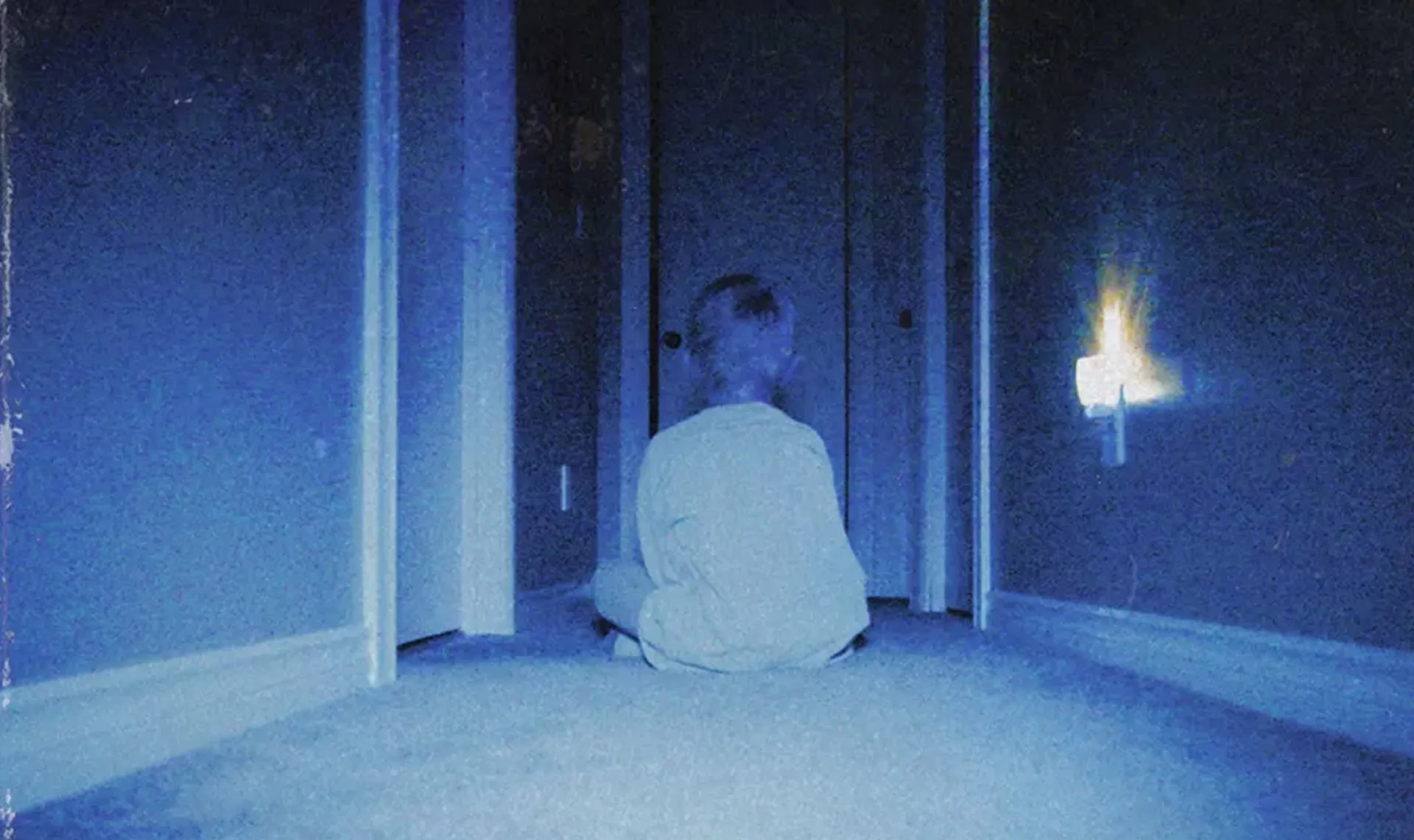Films
Roar (1981)
Called “the most dangerous film ever made”, it took 11 years to make and more than 70 members of the cast and crew were injured during production by their feline co-stars. Part horror film and part comedy of errors Roar follows Hank, a naturalist living in Tanzania with dozens of Big Cats to study their behavior. When his family comes to visit, they are all threatened by the terrible influence of Togar a male african lion, on his fellow big cats. Quite possibly the greatest movie ever made.
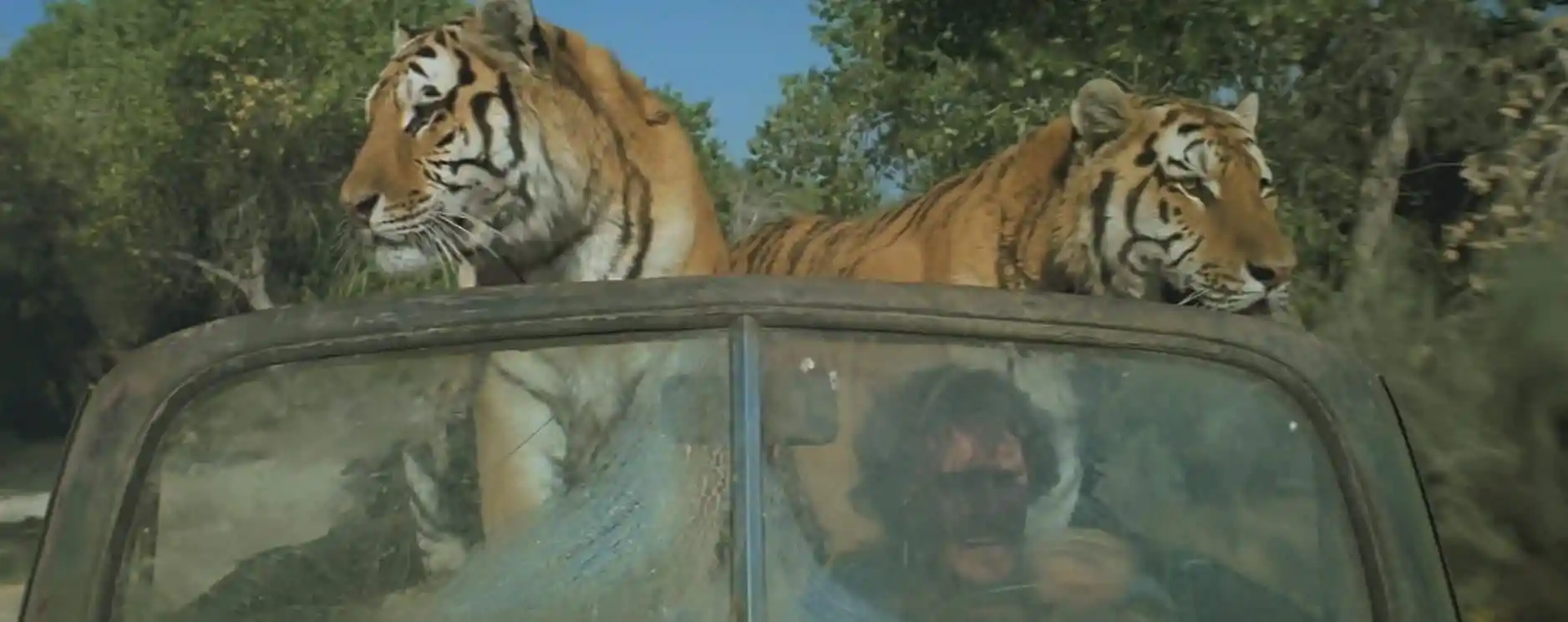
Locke (2014)
The most interesting film about concrete ever made, this understated and dreamy film stars Tom Hardy, who performs against no one for 90 minutes in a surprisingly compelling movie about a man who drops everything in his life to be at the birth of his illegitimate child.
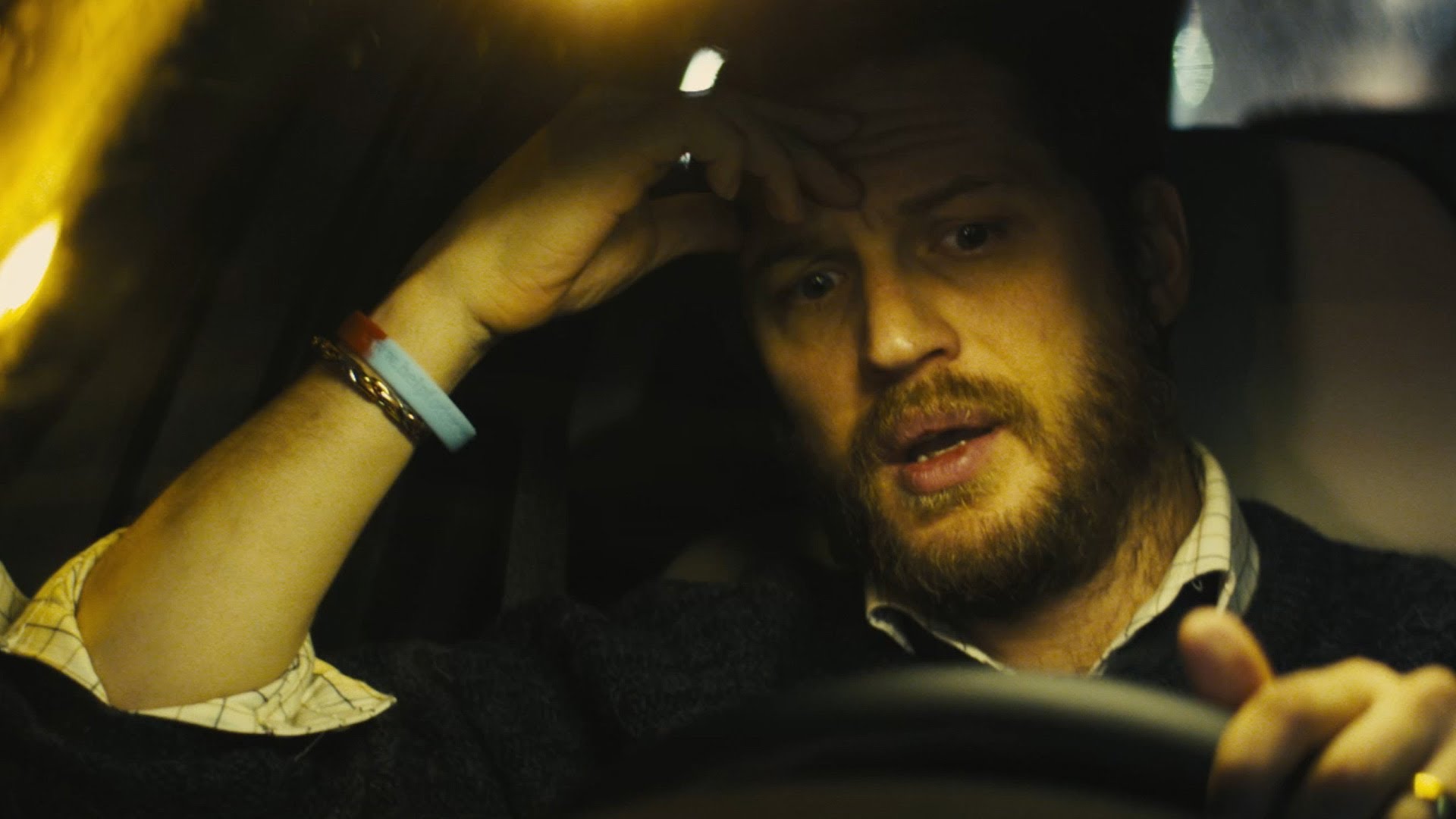
The Untamed (2016)
For a time, the only place you could find the trailers for this film were on Pornhub. It is a Cronenberg film made in Mexico by way of outerspace. It follows a few characters as they discover new depths of pleasure and pain having intercourse with an alien creature.
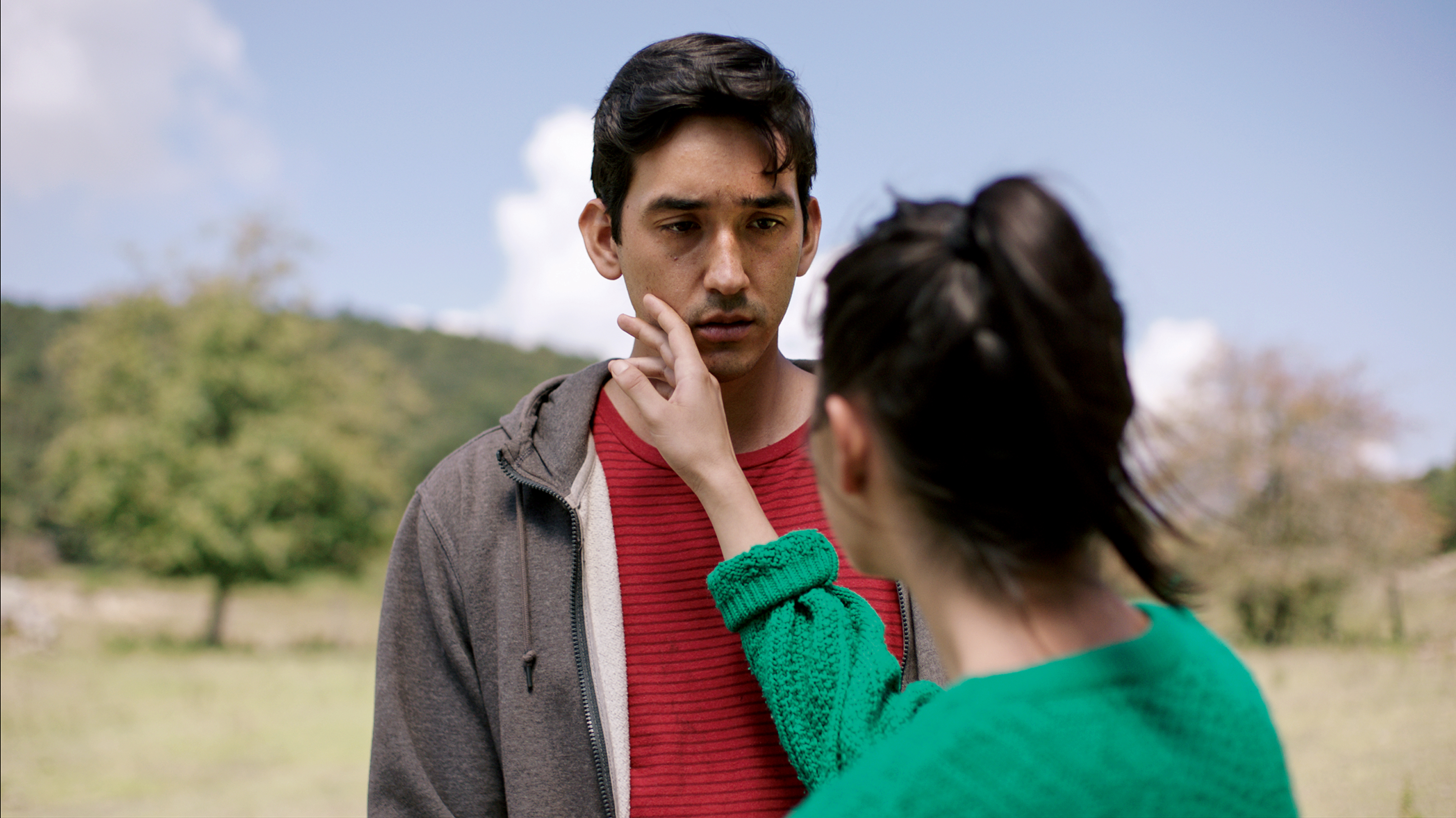
Zardoz (1974)
The film John Boorman made after not being able to make The Lord of the Rings, and the film Sean Connery did to prove to the world that he was not just Bond, Zardoz follows the gunslinger Zed as he discovers the banality of immortality and that “the Gun is Good. The Penis is Bad”.
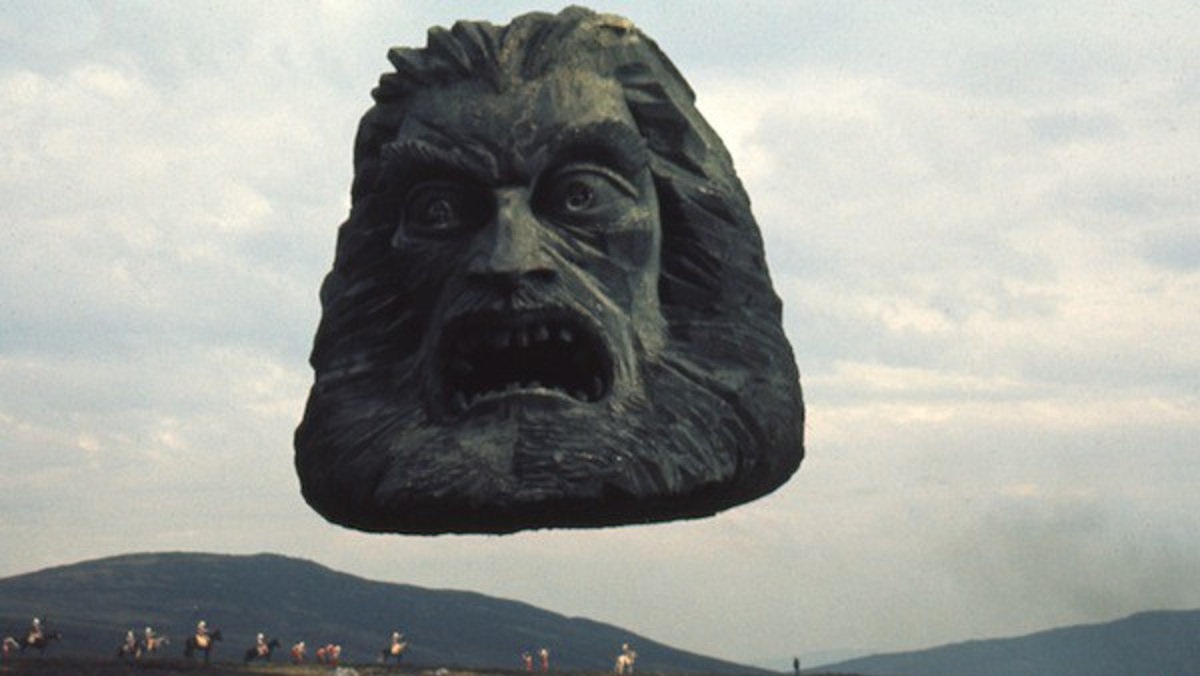
Primer (2004)
The greatest sci-fi film ever made for less than $10,000, Primer endures as technically, philosophically, and cinematically complex and sophisticated and rewards many many viewings. Two software engineers develop time traveling technology, and then deal with the implications.
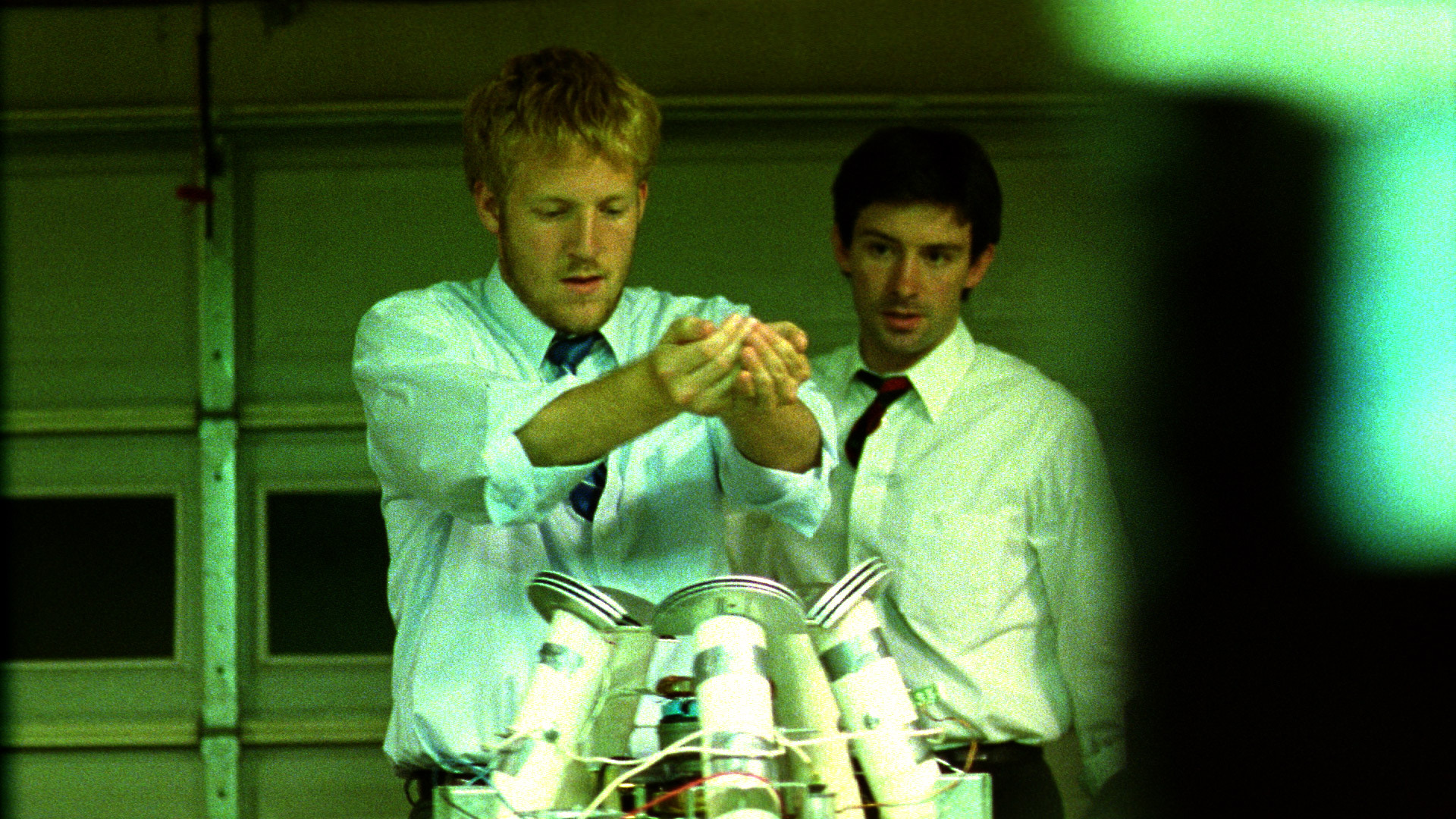
Cat People (1942)
A cursed woman, a ship architect, and a cute kitty cat, a timeless tale of romance and Romani curses.
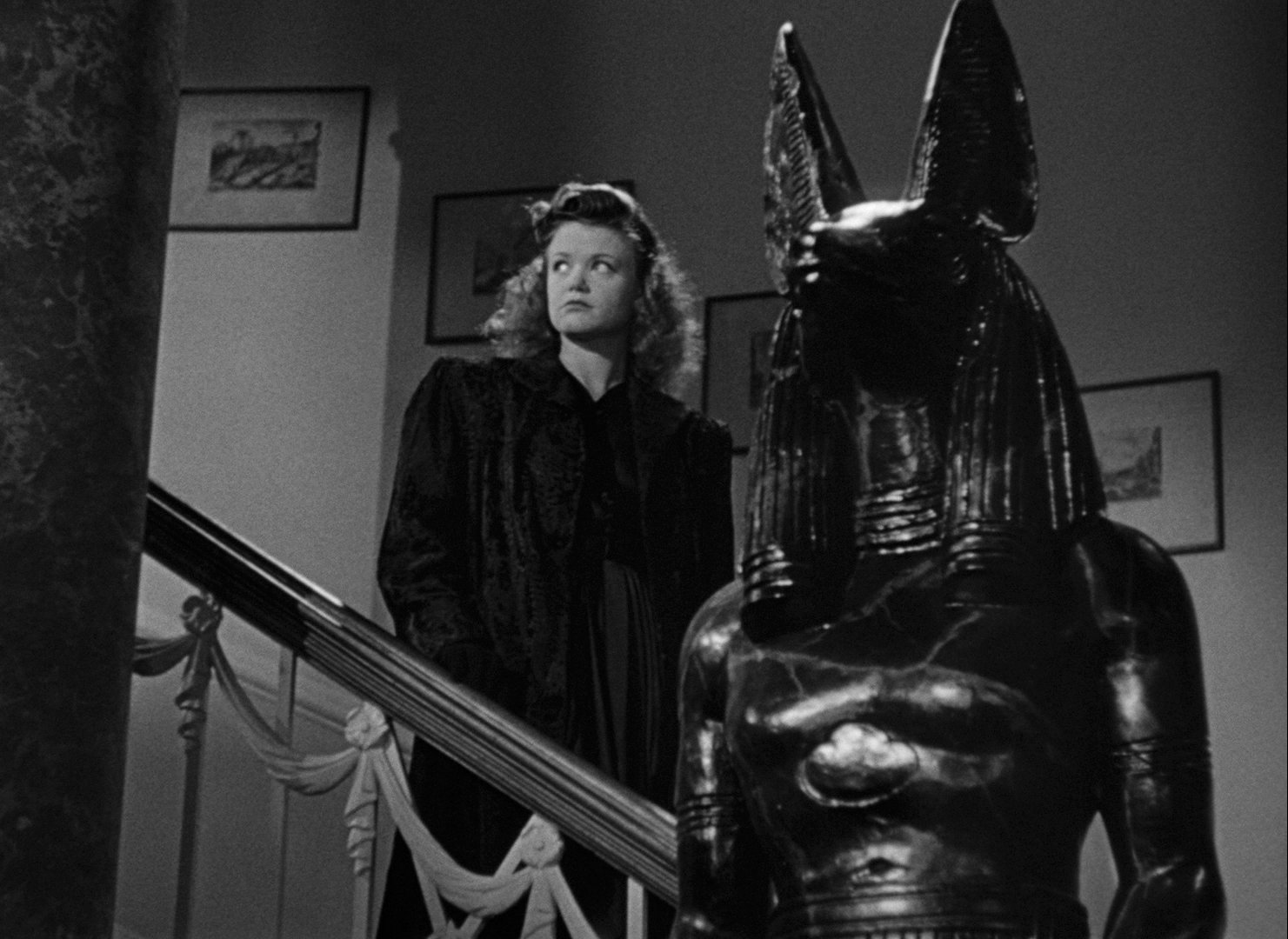
Cat People (1982)
Forty years after the original Cat People (1942) shocked audiences with its riveting tale of a woman who was a cat, Cat People returned with Malcolm McDowell to finally give us our long awaited creature feature about horny kitty cats. An excellent soundtrack by Giorgio Mordor (with a title song by David Bowie) accompanies a steamy tale of intrigue and kitty cats.
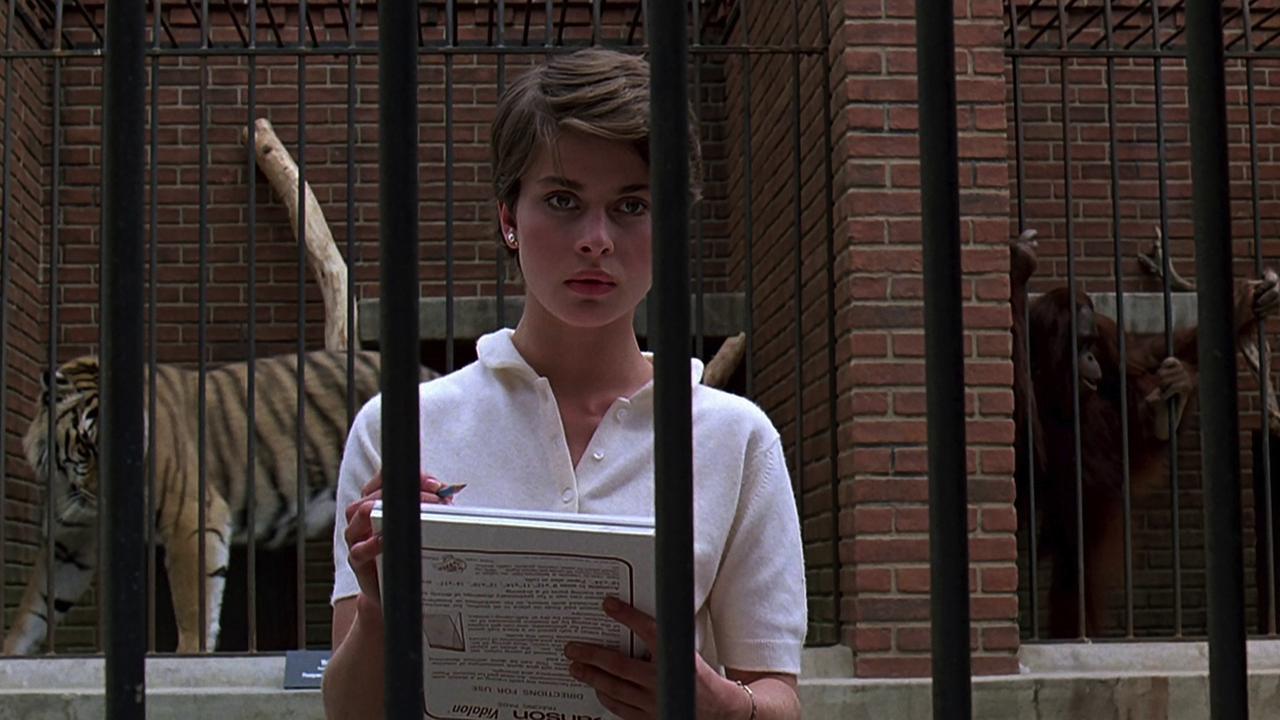
Happiness (1998)
Very likely the least happy movie ever made, it is really quite an impressive depiction of human misery. Todd Solondz directs the likes of Philip Seymour Hoffman in a film composed of parallel stories of dread and suffering.
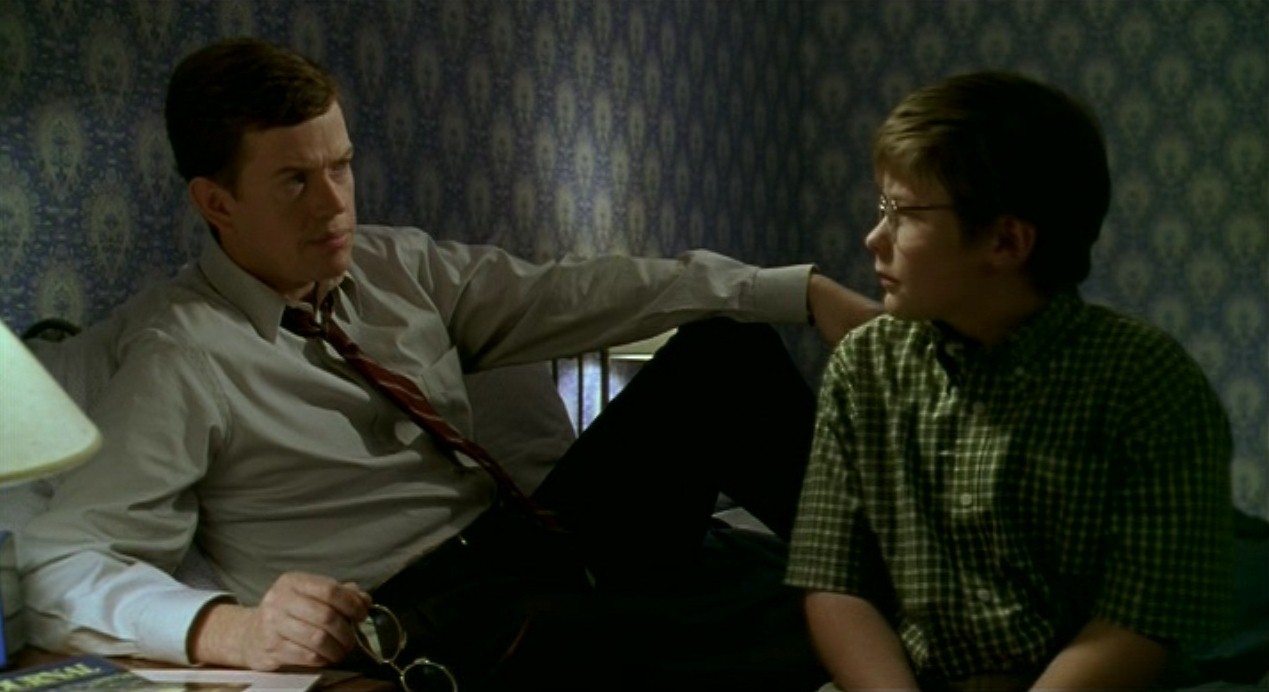
Koyaanisqatsi (1982)
This film is something of a documentary with no words. From the Hopi language Koyaanisqatsi means “life out of balance”, and the film consists of a number of different moving images jostling between nature and technology, pastoralism and modernism. A 90-minute tone poem, it builds tension through the at times dissonant, and other times consonant images and score. It is a singular film that has a singular soundtrack by post-modernist composer Philip Glass. A masterpiece.
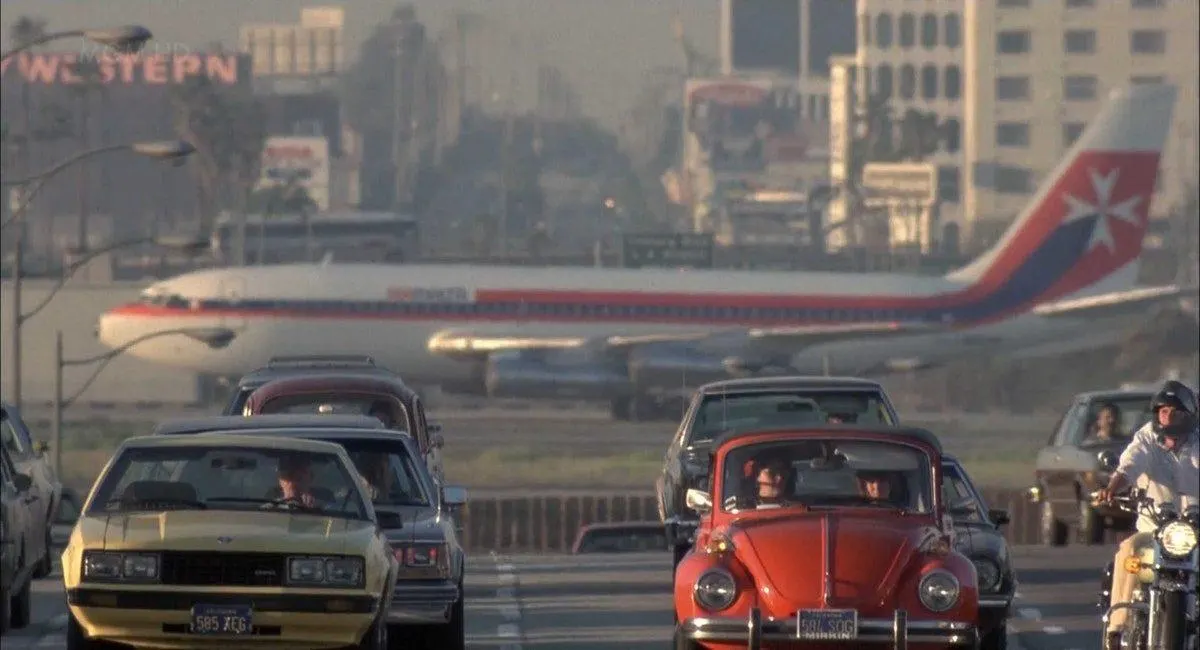
American Revolution 2 (1969)
A documentary about the 1968 Democratic National Convention in Chicago, it details the efforts of activists in the city up to and including the violence of the convention.
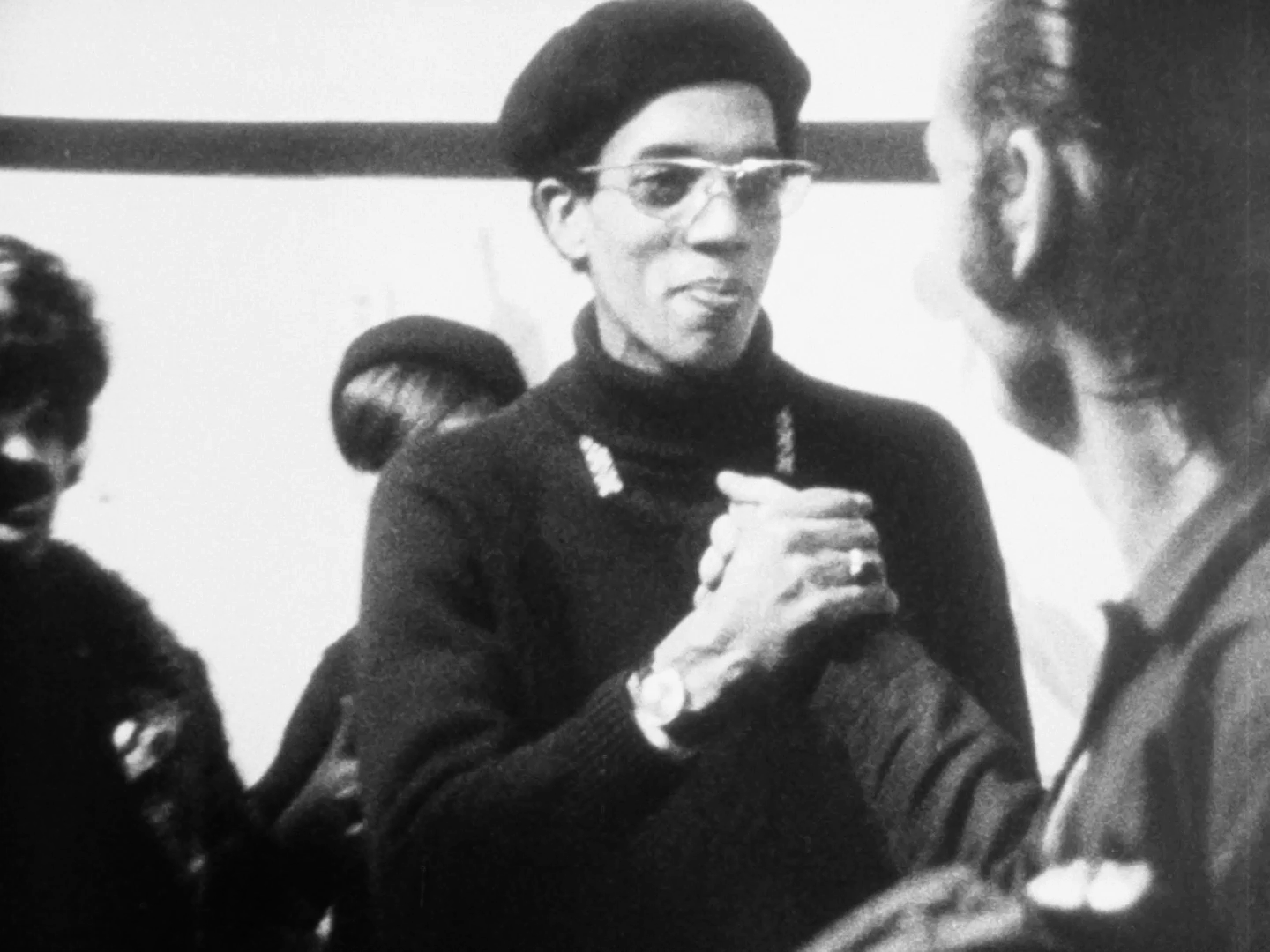
Finding Frances (2017)
Technically not a film, this entry in the 401 Film Series is the series finale of the comedy series Nathan For You. Nathan Fielder aids the efforts of Bill Heath to find a long lost love and to become a Ding-Dong-Daddy from Dumas.
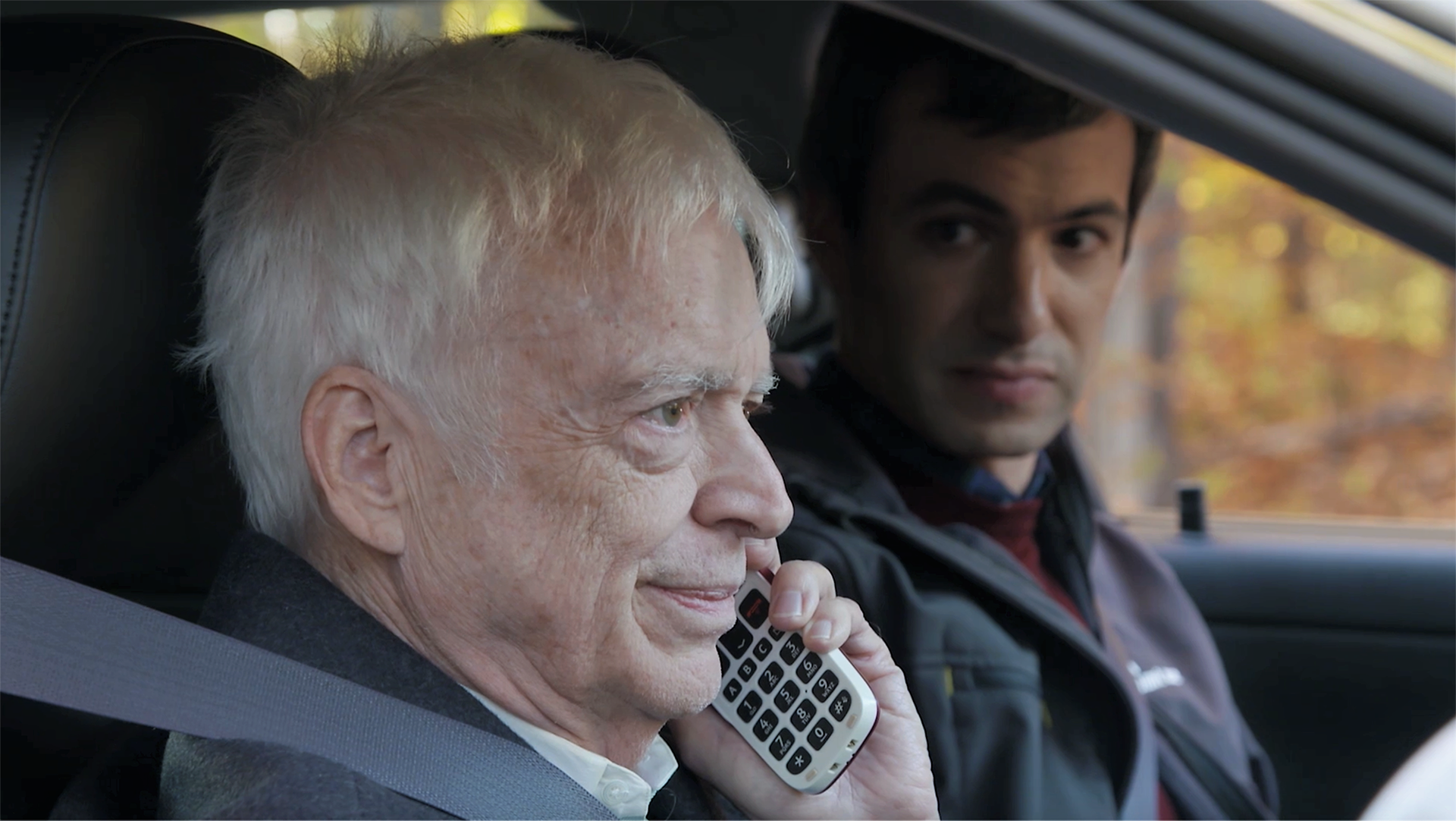
Thief (1981)
Michael Mann’s feature film debut stars James Caan as an expert thief and safe cracker who wants to go legit, but only after one last score. A soundtrack by Tangerine Dream accompanies a rain soaked and ominous Chicago classic.
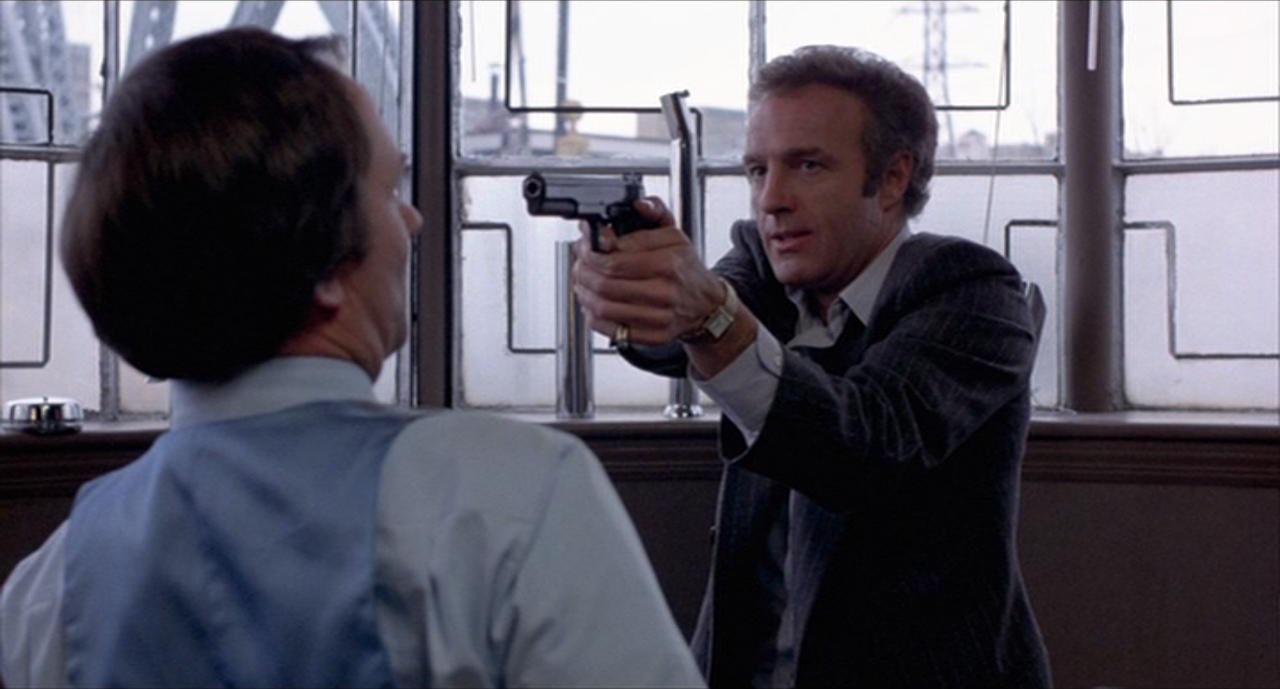
The Comedy (2012)
One reviewer put it thusly: “I was deeply uncomfortable with this film. It really is just 90 minutes of hipsters being cruel and mean. I loved it.” Besides being another bizarre film by one half of The Awesome Show crew (On Cinema’s Tim Heidecker), it is also one of the most accurate and visceral depictions of New York in Summertime made to date.
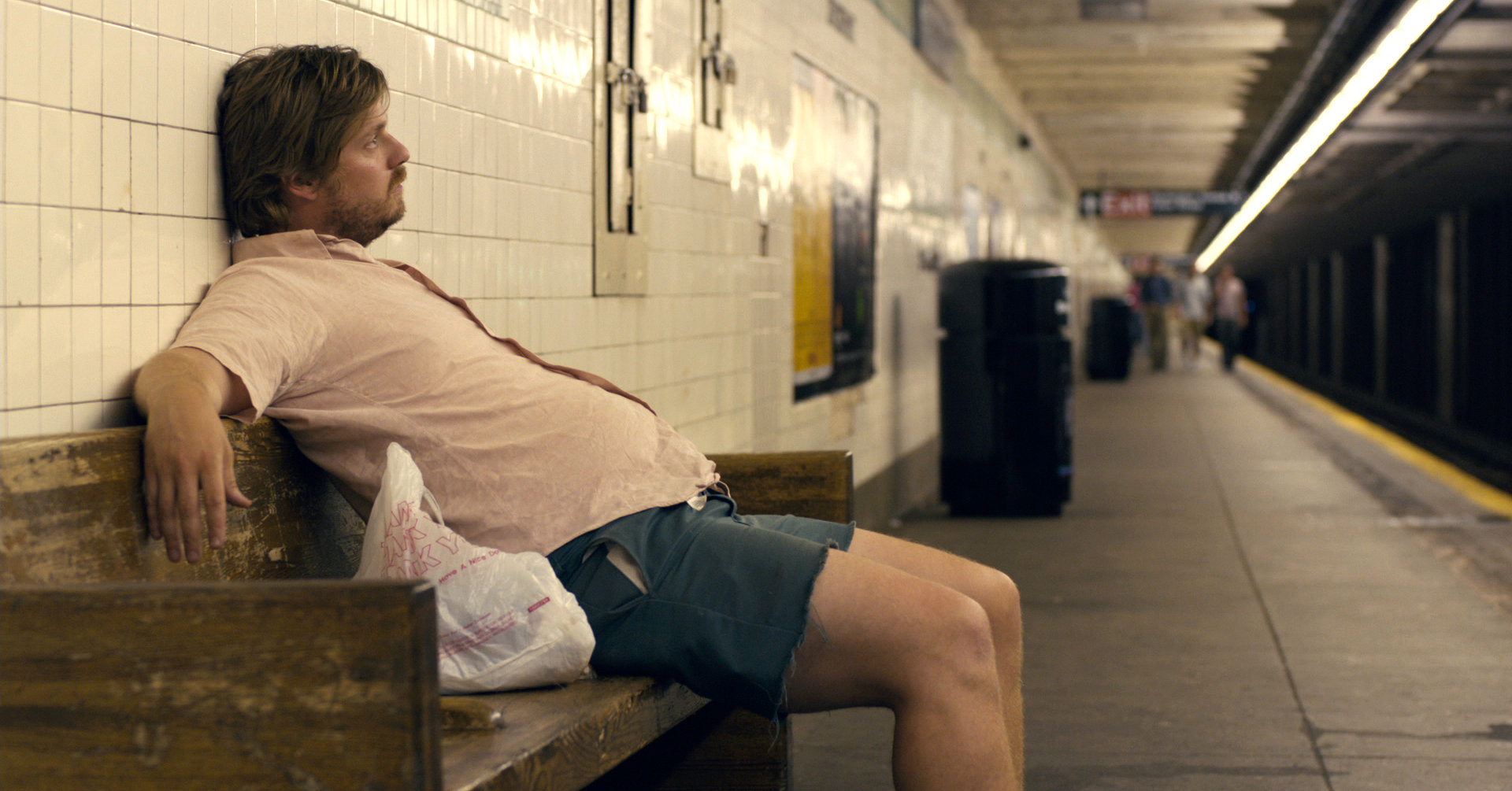
Ganja & Hess (1973)
A classic blaxploitation horror film which follows an anthropologist transformed into a vampire.
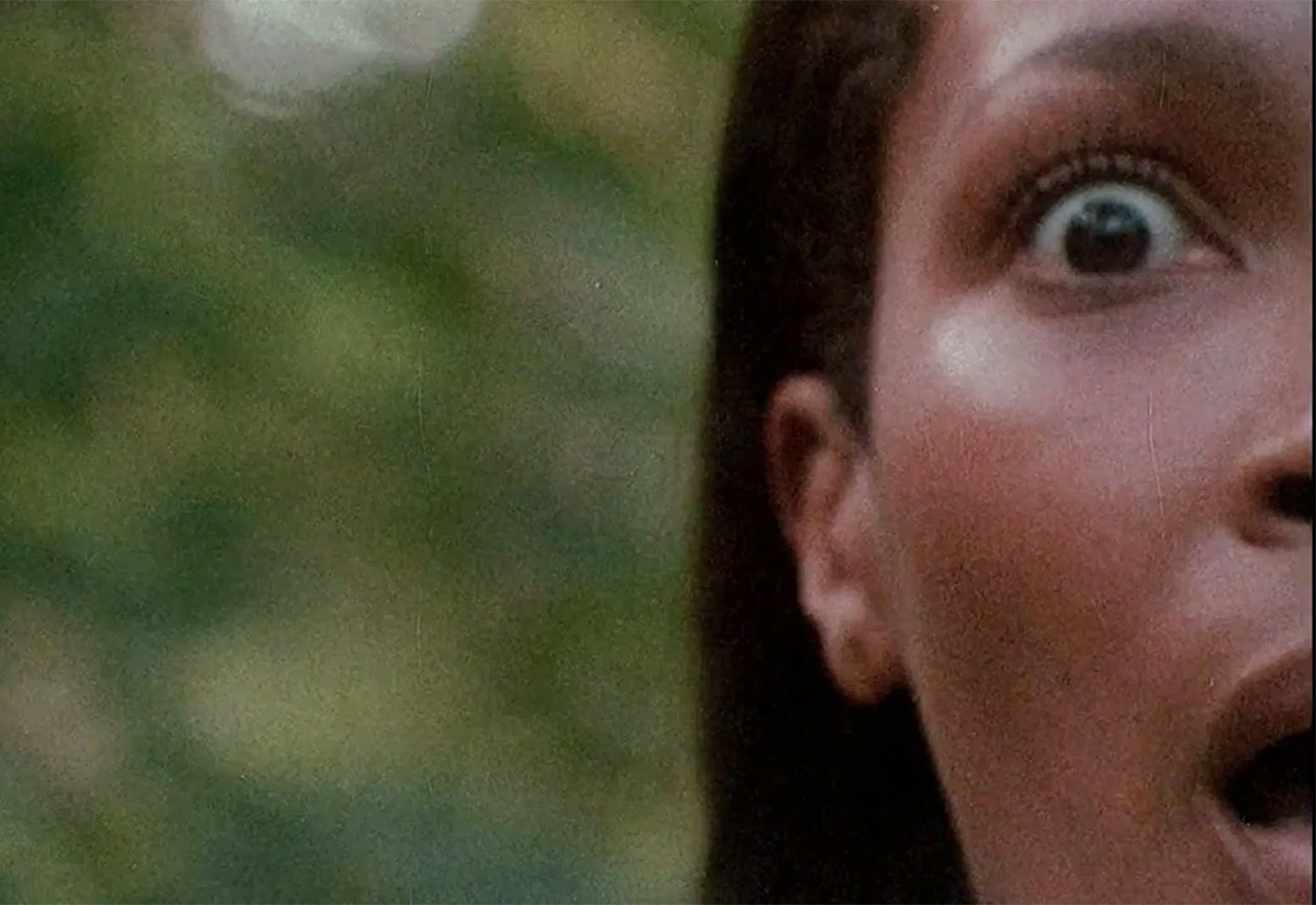
If… (1968)
Controversial when it was released, If has only grown more divisive with time. Malcolm McDowell’s first film he plays Mick Travis, a misanthropic young man at a private school in England. Abused by the older boys in the school and completely alienated from the teachers, Mick and his friends seek to defy the grinding social relationships the school requires. McDowell’s performance caught the attention of Stanley Kubrick who decided to cast him in the 1971 classic A Clockwork Orange, based on the Anthony Burgess novel.

Murder by Contract (1958)
A man decides to become a contract killer and takes a job in LA that mainly involves going to the beach and finding Rubenesque woman for a pal.
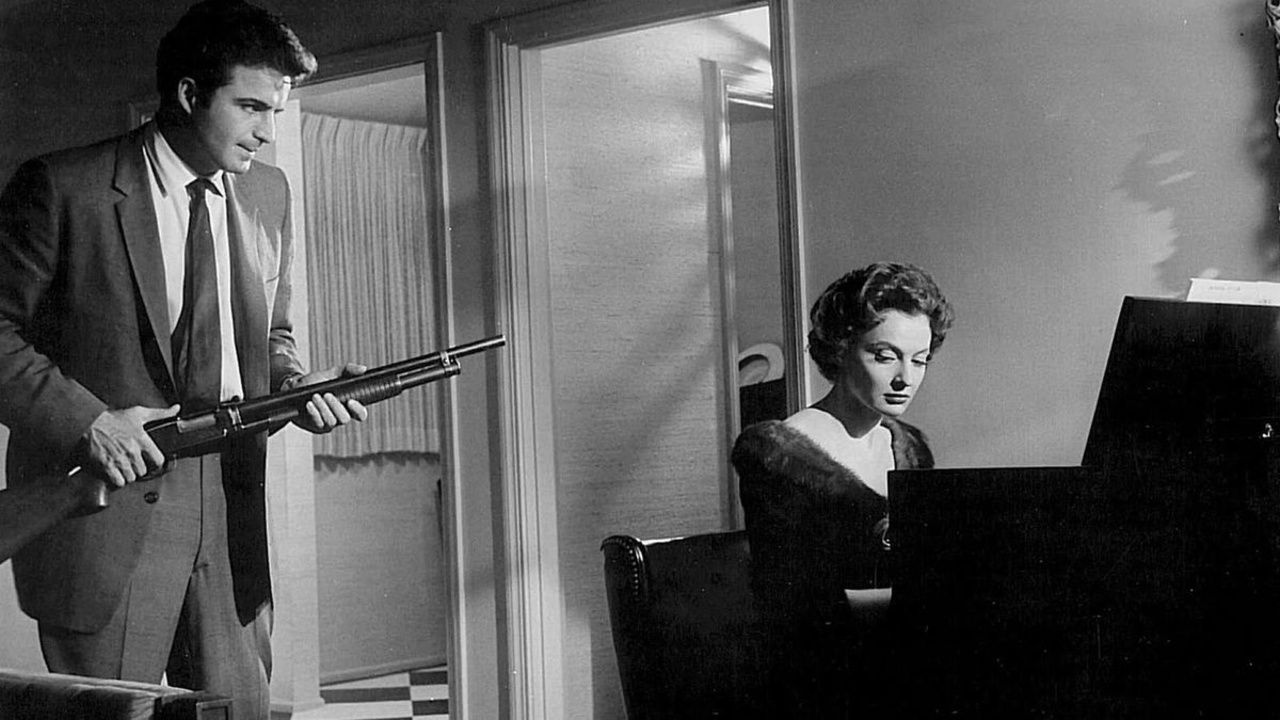
Naked Lunch (1991)
Based on William Burroughs’ famous novel of the same name and starring Peter Weller as Bill Lee (Burroughs pseudonym), an insect exterminator who gets high on his own supply. It is difficult to give an informative description of as disorienting and worthwhile film as this. There are alien milk machines, insect typewriters and plenty of body horror.
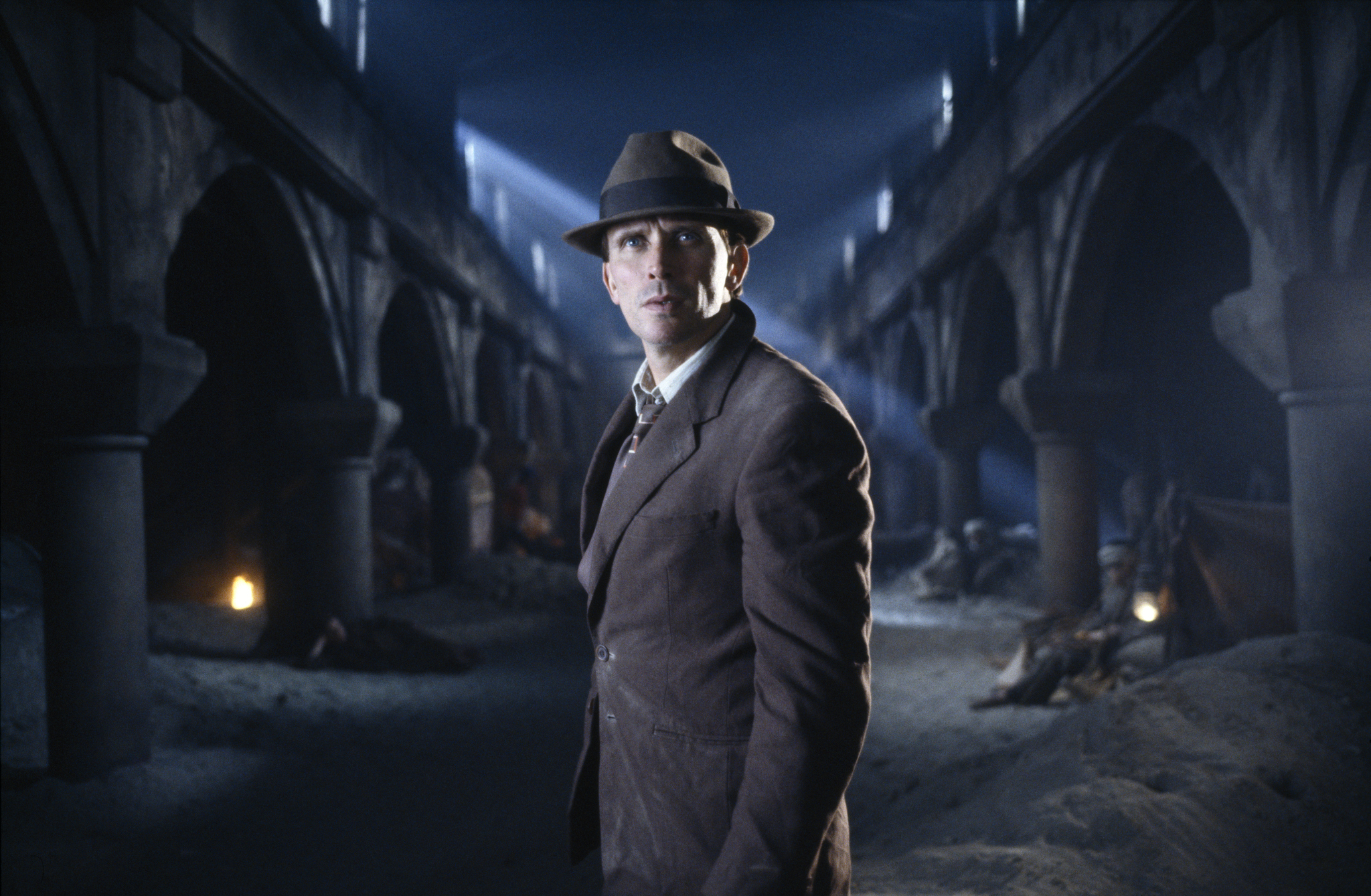
The Last Detail (1973)
This counter-culture entry by Hal Ashby features Jack Nicholson as First Class Billy “Badass” Buddusky, a US Navy sailor tasked with escorting a troubled young comrade (Randy Quaid). Vassilating between sympathy and cruelty, Buddusky and his pals romp the northeast before a final meaningful confrontation with the limits of human freedom.
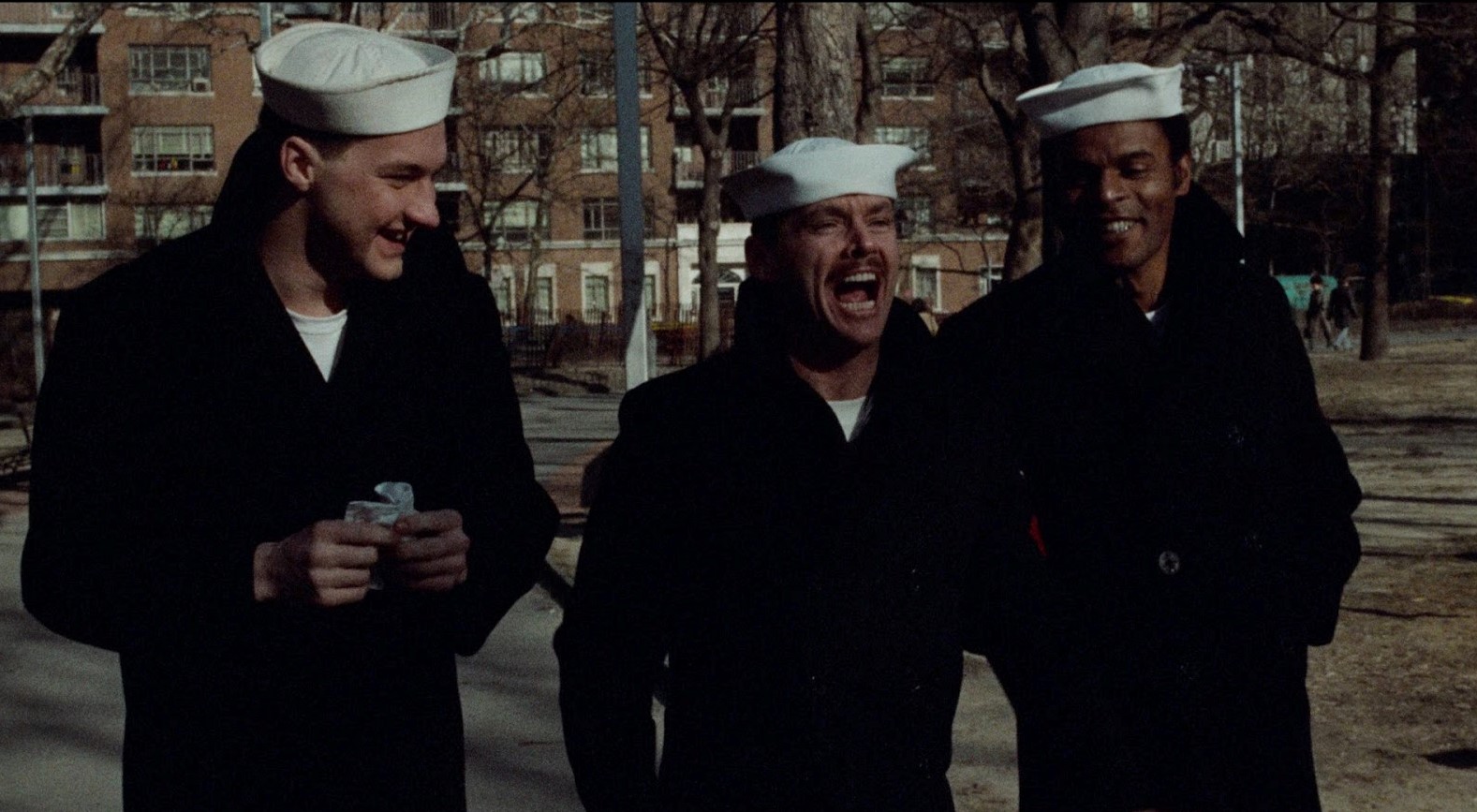
Rope (1948)
Based on the real life murder of a child by the notorious Leopold and Loeb, students at the University of Chicago, this film was adapted from the stage for the silver screen. Directed by Alfred Hitchcock the film depicts a single evening in a single continuous shot after two young men, convinced of their moral and intellectual superiority, murder a friend and hide his body in plain sight. They then host a dinner party in which their old prep school mentor, Rupert (Jimmy Stewart), becomes the guest of honor.
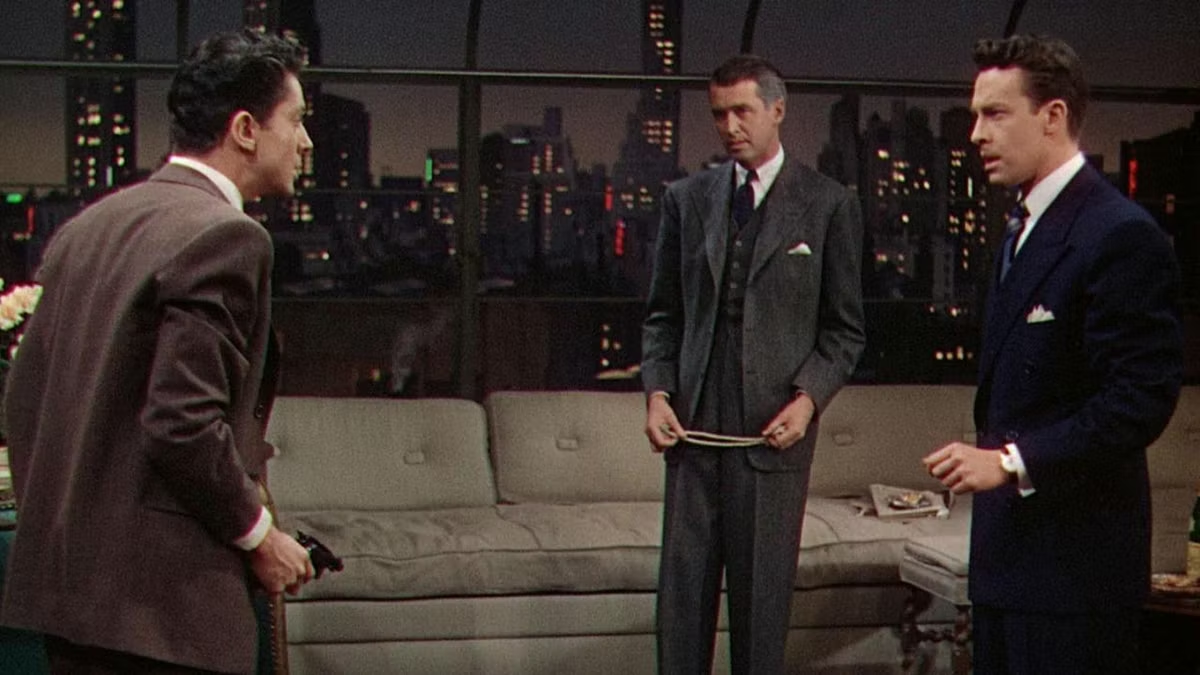
Pi (1998)
Darren Aronofsky’s first film, it follows Max Cohen, a number theorist who is committed to discovering the mathematical order that underlies reality. This commitment leads to a greater and greater alienation as they are confronted by the un-orderliness of human behavior and the cryptic printouts from his computer, Euclid.
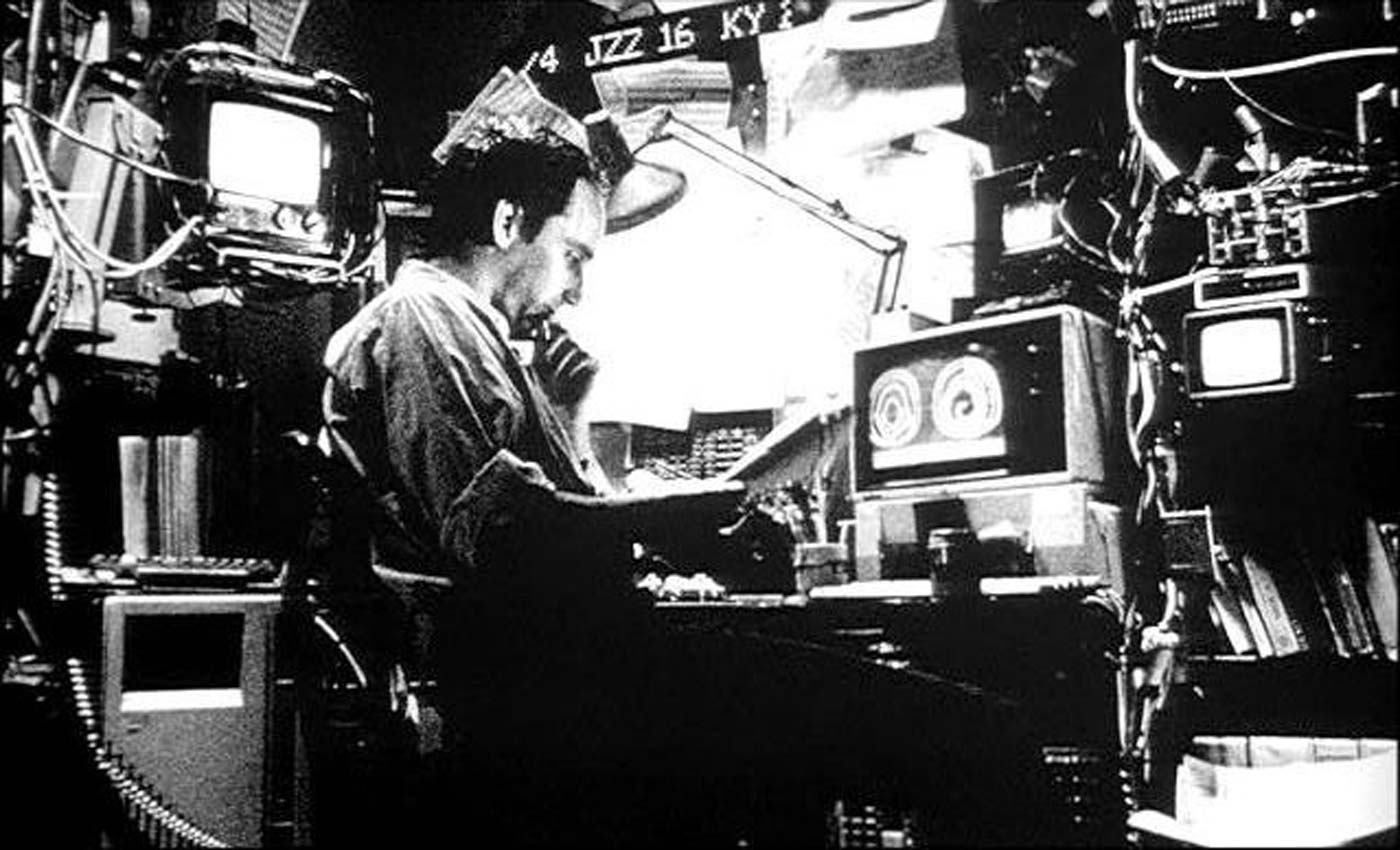
Salò, or the 120 Days of Sodom (1975)
The tamest line uttered in this film is I have experienced no subtler pleasure than seeing my mother breathe her last breath at my hand. This film is called the most disturbing film ever made and it lives up to its reputation with nearly every frame. Pier Pallo Pasolini adapted the unfinished 18th century novel The 120 Days of Sodom, changing the setting from the French countryside to the northern Italian region of Lombardy and the town of Salò. Set at the end of the Second World War, the film depicts the terrible abuse of 9 boys and 9 girls, locked up in a palatial villa by four fascists.
Between scenes of terrible pain, suffering, and deeper depths of depravity, the four fascists wax philosophically about morality and power and their sadistic tastes. Salò is challenging but rewarding and earning its reputation for horror, enduring legacy and influence. The film bears some small resemblance to a Wes Anderson film, and your very worst nightmare. It is a truly difficult film to watch and the viewing experience is better described in terms of endurance rather than enjoyment, but a cinephile is defined by whether or not they have actually seen Salò
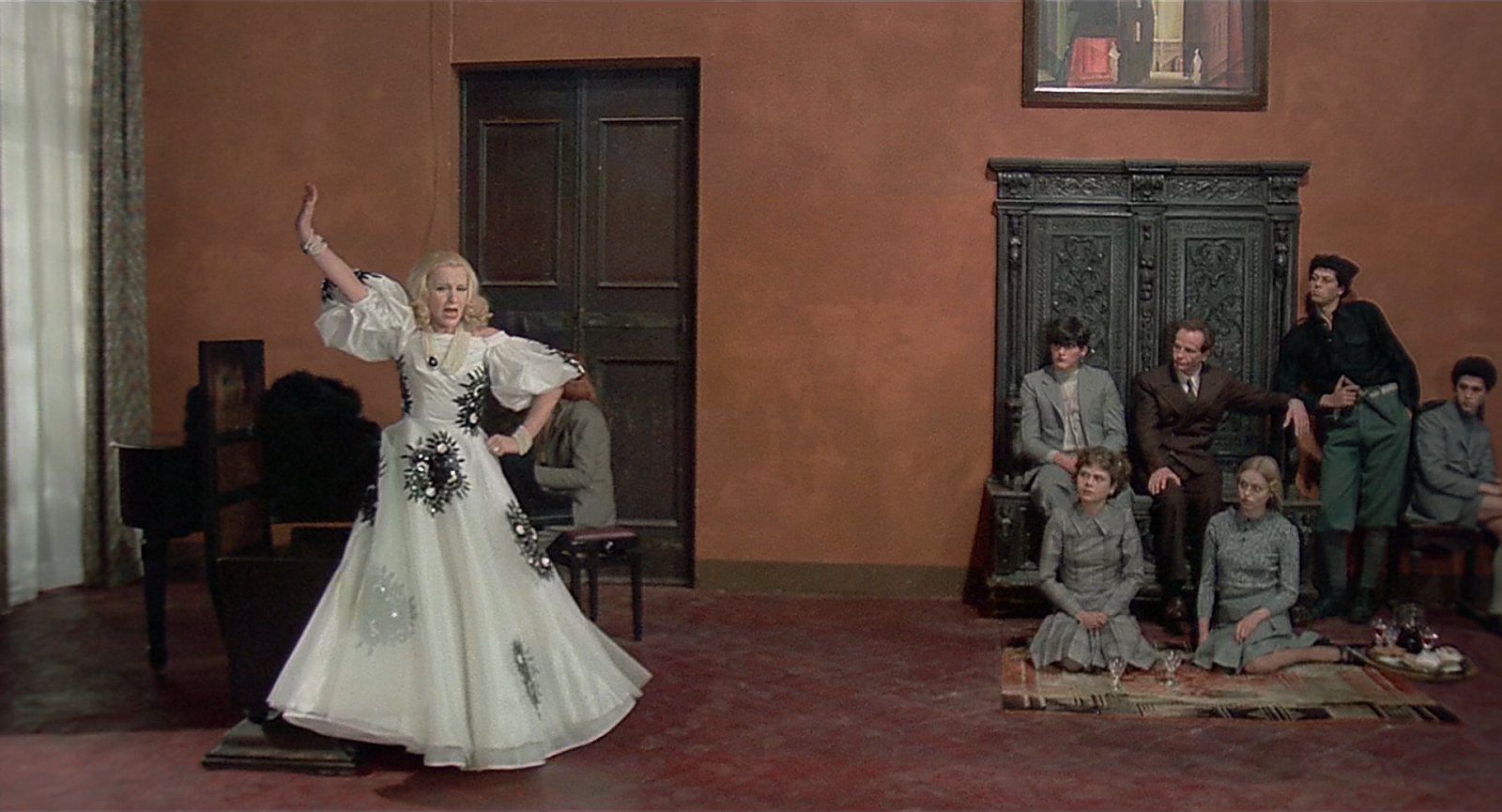
Lucky (2017)
If you saw a movie made in the second half of the 20th century, you have probably seen Harry Dean Stanton a quintessential character actor. Lucky is his last film made at the age of 90, it follows the eponymous character as he leads an independent but aged life, interacting with his youthful townie friends and their own experiences with loss, death and fear. That’s some heavy shit.
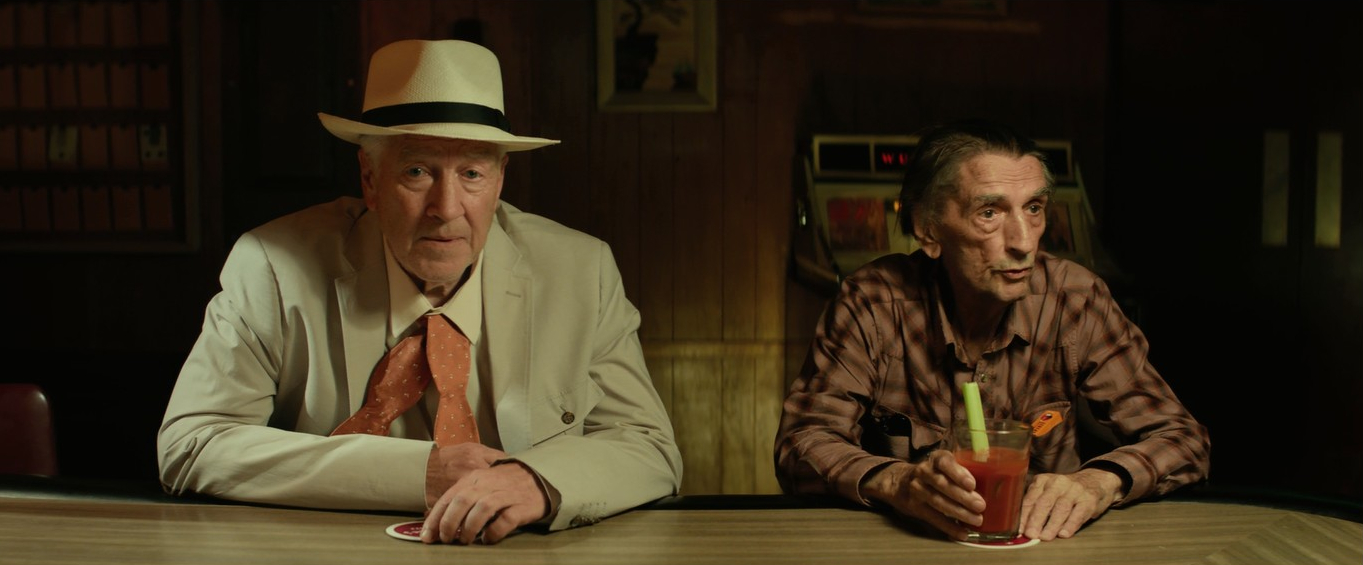
Upstream Color (2013)
A movie by film students for film students that feels like it is about film students. Written, directed and produced by Shane Carruth, of the 401 Film Favorites Primer, the film explores human intimacy, memory and little piggies in what is a very beautiful, but ultimately aimless and self-indulgent. If you knew film school people in college, youll get it.
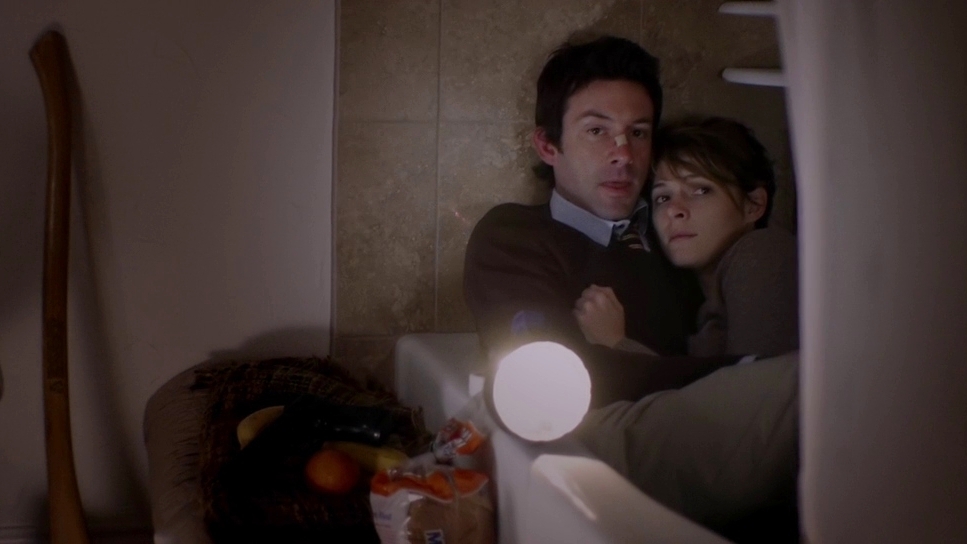
Peeping Tom (1960)
Very tame by the tastes of cinema-goers today, Peeping Tom incited a great deal of controversy at its release in 1960, so much it permanently damaged the career of its director, Michael Powell. Reviewers objected to the films depiction of a very troubled young photographer, who murders women and captures their final moments in film as well as his own tortured relationship to the past. Its no snooze fest, but if you are waiting for gore, it will never come.
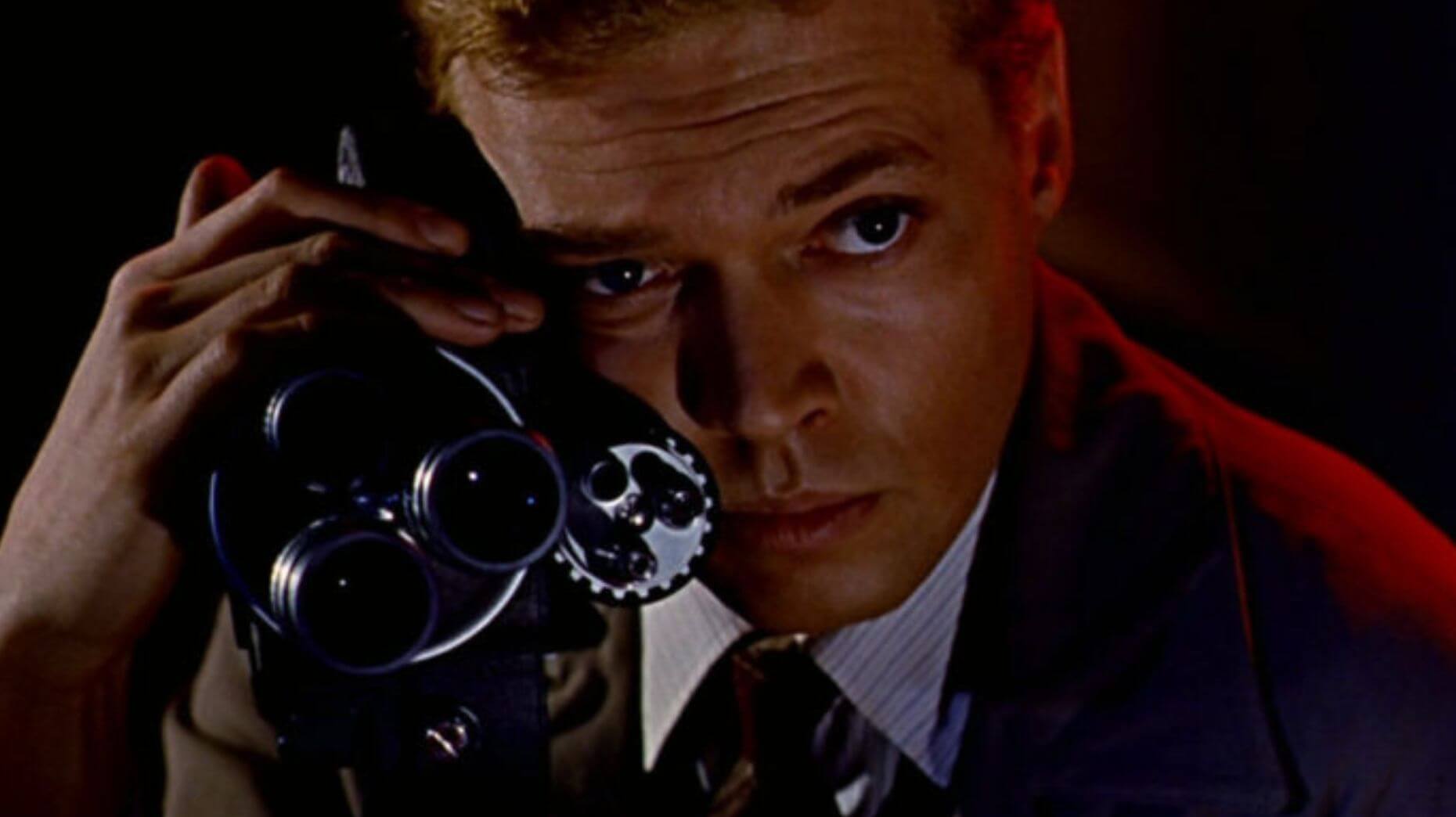
I Vitelloni (1953)
A group of slackers in Post-War Italy grope for anything of substance in their small town life: Alberto sings, Leopoldo writes, Fausto chases all the women and Moraldo longs for something much more. It is a slice of life and a lot of revelry written and directed by Federico Fellini.
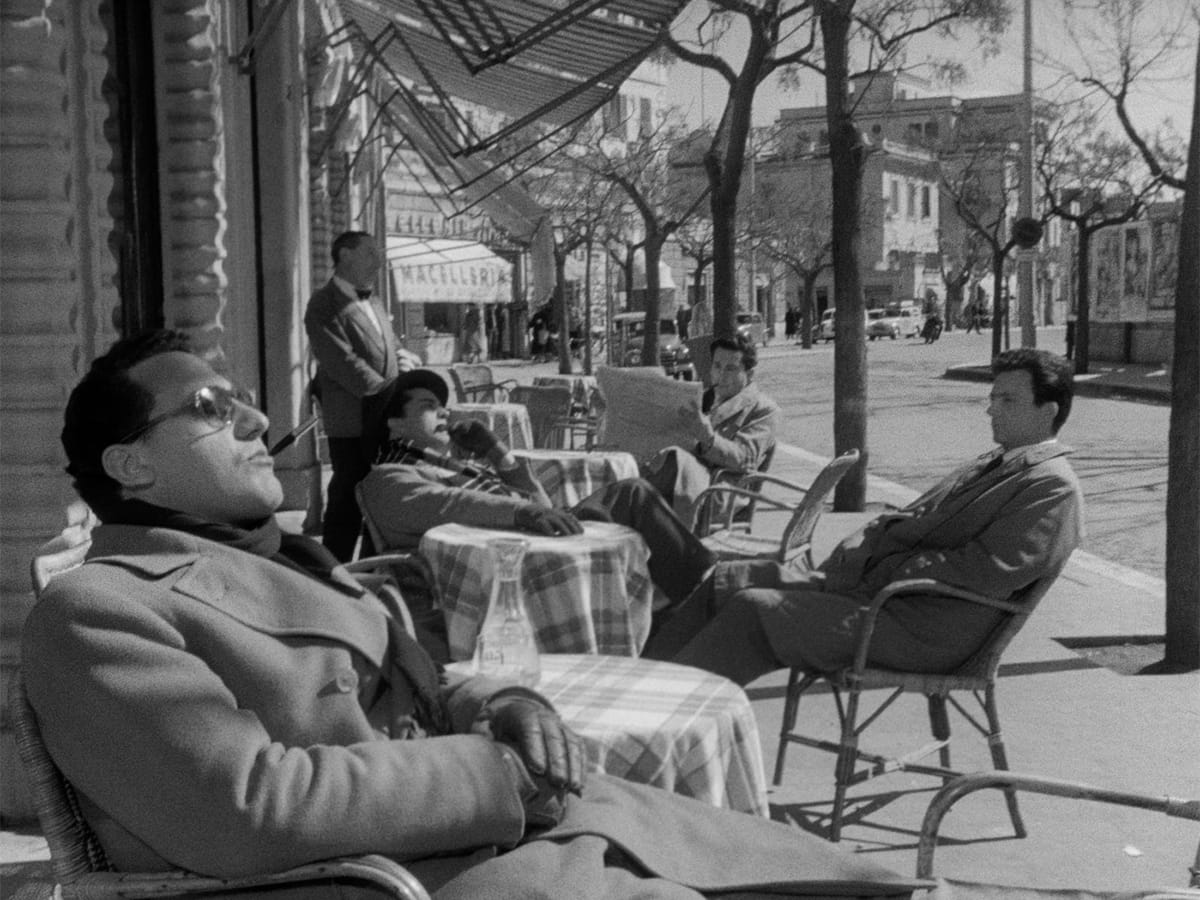
Marx Can Wait (2021)
Another Italian director, but a film with a lot less revelry Marx Can Wait chronicles Marco Bellocchio, noted Italian director (China Is Near, Sbatti il mostro in prima pagina, A Leap in the Dark), as he recalls the suicide of his twin brother, Camillo. It is a very vivid investigation of memory and family dysfunction as Bellocchio interviews different family members, recalling their childhood, their mentally ill older brother, the War, and the events that immediately led up to the death of Camillo. Bellocchio invites judgement of his own life and work which itself explores the same events but with the security of fiction.
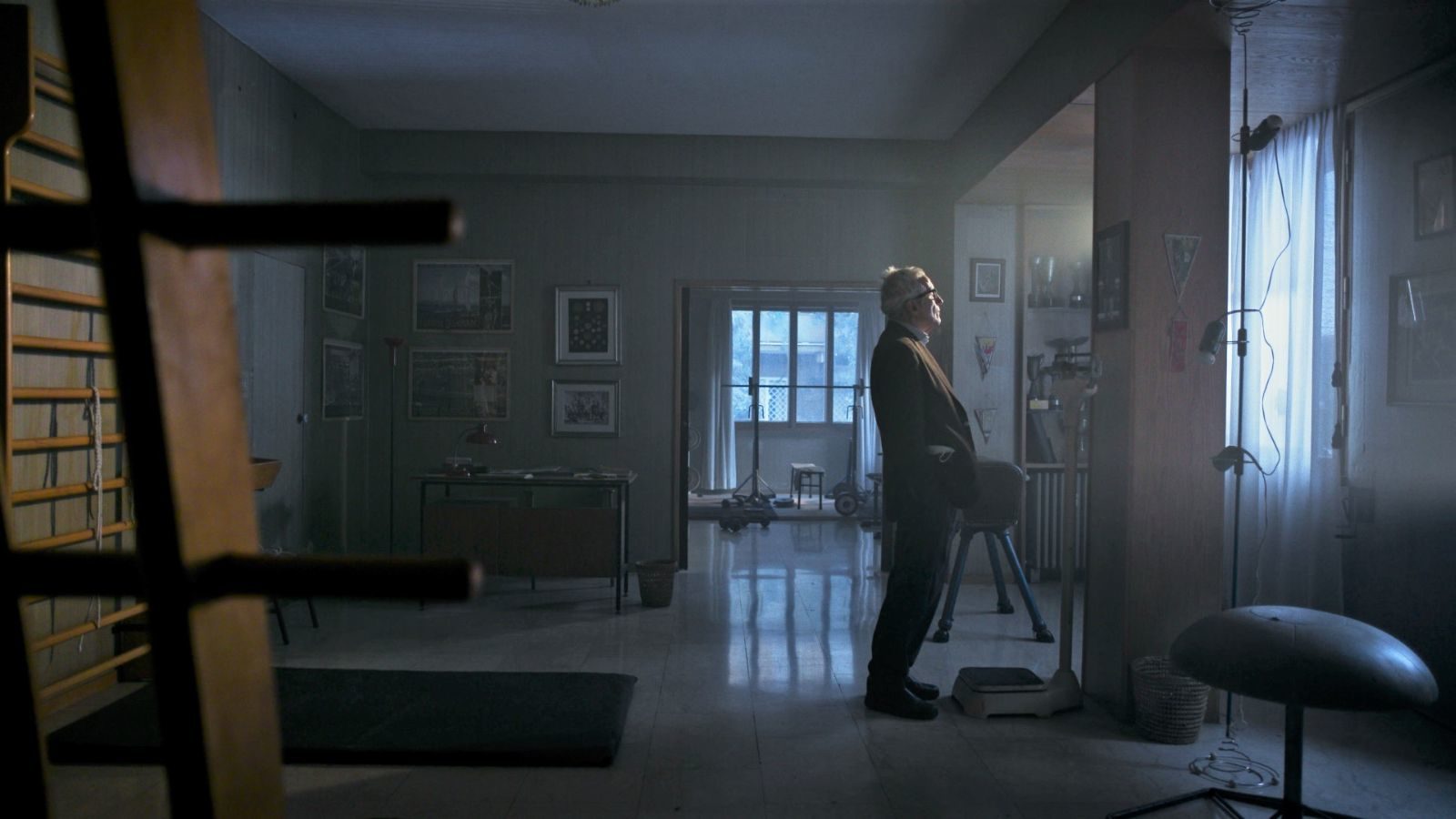
The Man Who Shot Liberty Valance (1962)
Do you like steak? Do you enjoy machismo? Do you like Jimmy Stewart? Then this is the movie for you. Directed by American cinema royalty John Ford, and featuring the manly Lee Marvin and the Duke, it follows a young idealistic lawyer moving out west to bring order and the social contract to a town grappling with the impending statehood of their territory and the ranch barons who resist it.
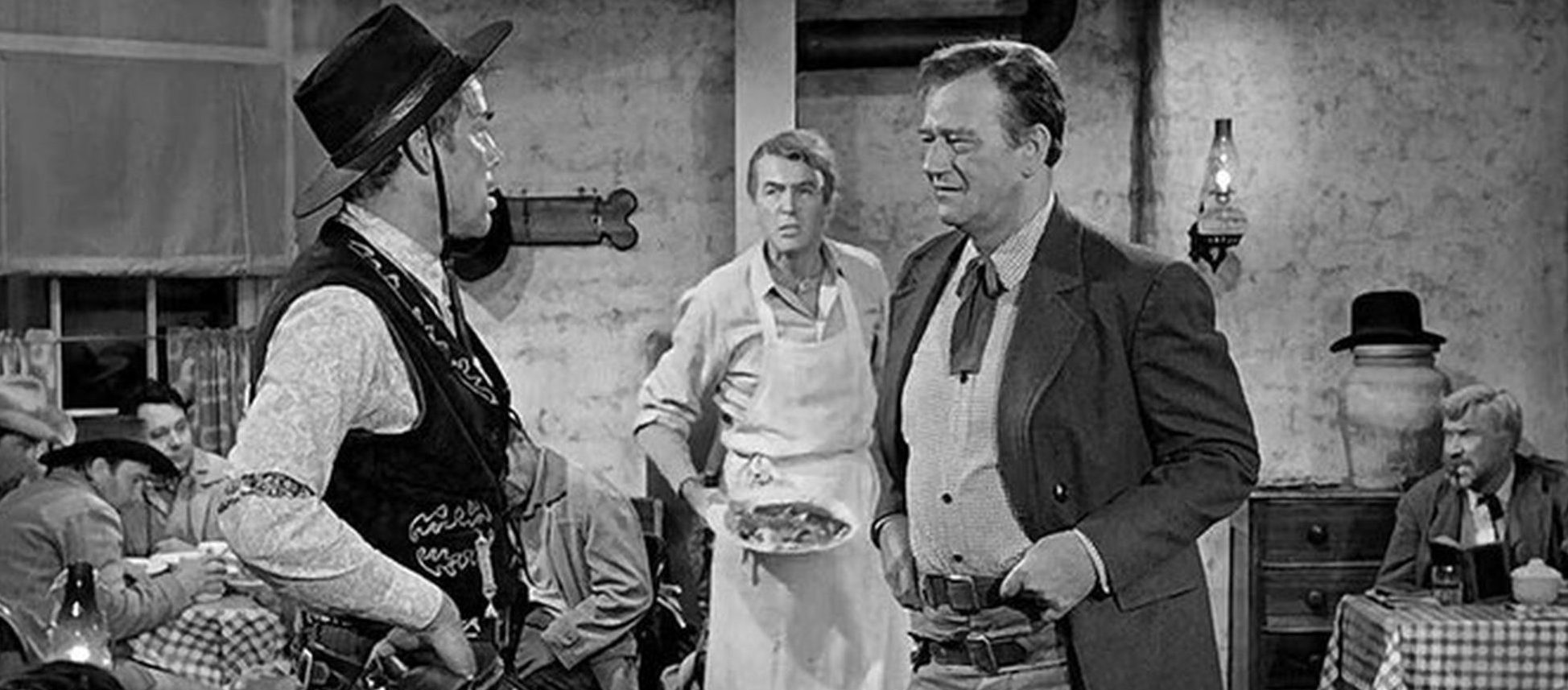
Funeral Parade of Roses (1969)
It’s Oedipus Rex and A Clockwork Orange all in one, this Japanese New Wave film, part drama and part documentary follows Eddie in the gay underground of the late 60s Tokyo. Eddie confronts her past as well as navigates a tortured love affair along with her rival Lida with occasional trips to the shops with her pals. It is ponderous, stylized, thrilling and stunning.
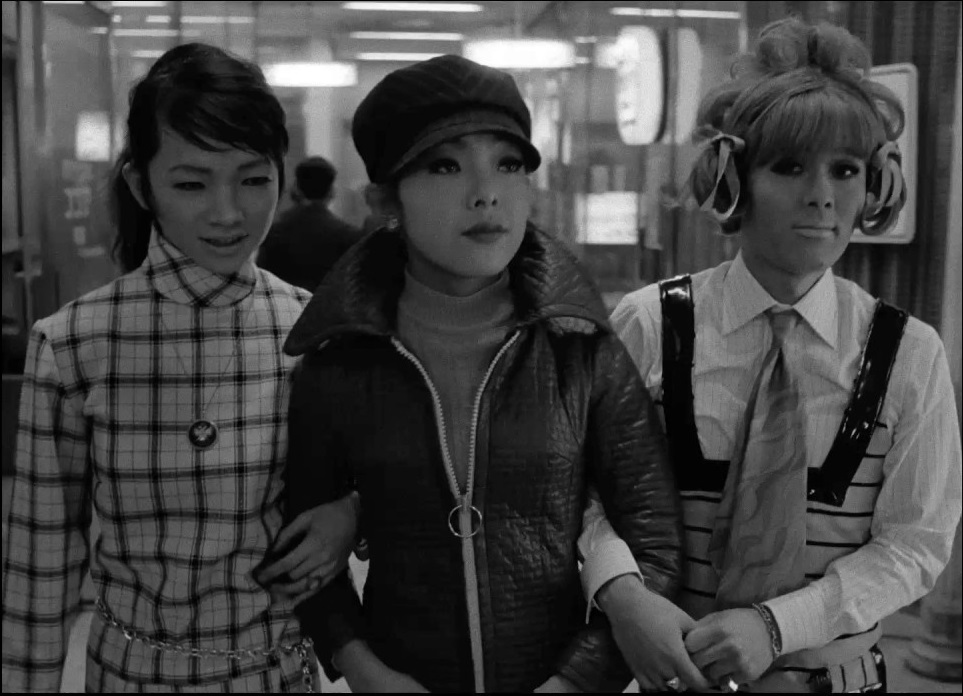
Dekalog (1988)
The second TV episode that the Film Series has screened is Krzysztof Kieślowski’s Dekalog, a Polish miniseries composed of ten one hour short films inspired by the Ten Commandments. The first follows a Krzysztof and his son Paweł, a precocious boy who programs his computer to control the doors and windows of their apartment. Paweł asks his father existential questions about life and death, who answers objectively, but Paweł seeks deeper meaning in life. It isn’t a beautiful film per se but it is excellent.
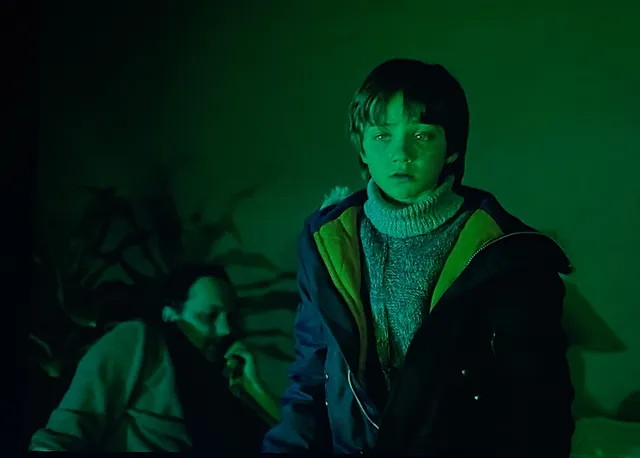
Lisztomania (1975)
Ken Russell’s entry into the genre of whacky off-the-wall manic film, it is an idealized version of the life of Franz Liszt starring The Who’s Roger Daltrey. If you are a fan of The Who, are in love with Roger Daltrey, or coming down from a ketamine bender you might like this movie. Between musical numbers, more and more bizarre and cryptic portrayals of the life of Liszt spool out the story of his fame and fortune.
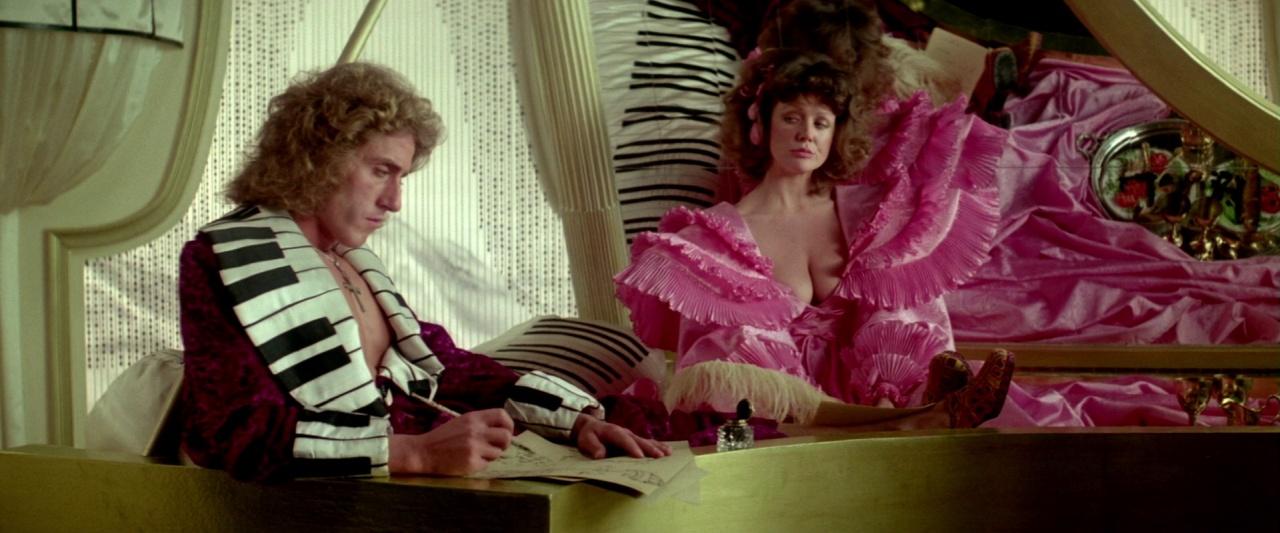
Red Desert (1964)
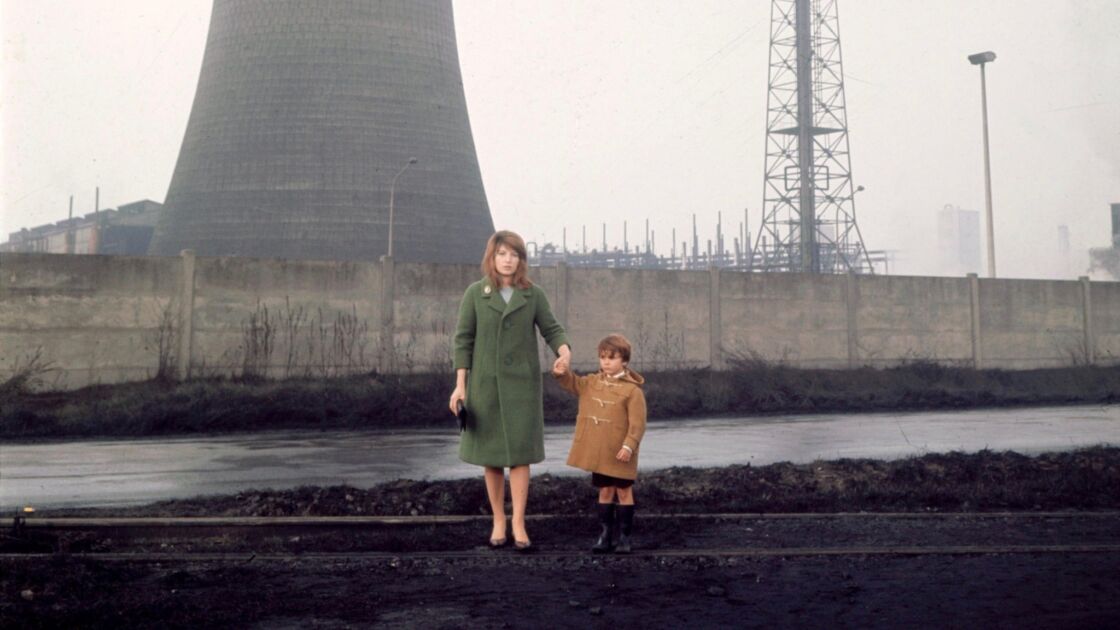
Skinamarink (2022)
It’s an experimental horror film from Canada which follows two children who wake to find that their parents have disappeared and all the doors and windows in their home are gone. The term experimental should be italicized, bolded, underlined and in all caps in any description of this film: its an hour and forty minutes and you’ll feel every second of it, as the film pans from ceiling to wall to TV screen to lego set back to ceiling and wall. There are a few spooks, but for an experimental horror film, it relies a little too much on the jump scare to deliver spooks.
